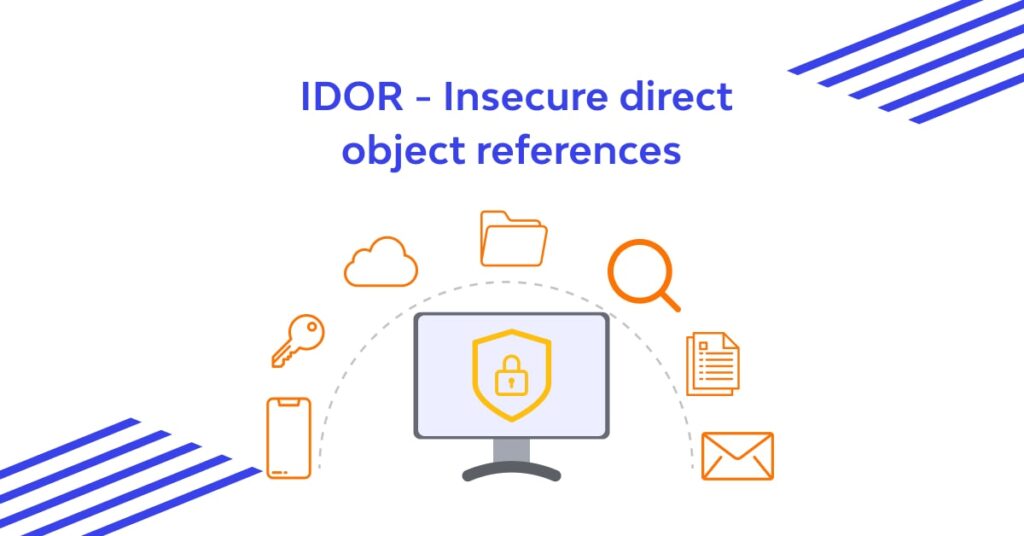Palo Alto Training – Learn Palo Alto Firewalls in 2025

IDOR vulnerabilities (Insecure Direct Object Reference) are common flaws that allow unauthorized access via IDOR to sensitive resources. By tampering with identifiers in a URL or request, an attacker can access data or features meant for others, such as user profiles or private files. IDOR exploitation is particularly potent across various contexts: IDOR in APIs, IDOR in GraphQL, and even IDOR in mobile […]

IDOR vulnerabilities (Insecure Direct Object Reference) are common flaws that allow unauthorized access via IDOR to sensitive resources. By tampering with identifiers in a URL or request, an attacker can access data or features meant for others, such as user profiles or private files. IDOR exploitation is particularly potent across various contexts: IDOR in APIs, IDOR in GraphQL, and even IDOR in mobile apps. Recognized in the OWASP IDOR framework, this vulnerability affects everything from IDOR in CMS to IDOR in microservices. In 2025, as systems grow more complex, knowing how to find IDORs and fix them is vital for developers and bug bounty hunters (IDOR in bug bounty). This article dives into real-world IDOR examples, exploitation techniques, and strategies to prevent IDOR.
An IDOR vulnerability is dangerous because it stems from a simple oversight: inadequate access controls. For instance, changing a parameter like `user_id=123` to `user_id=124` might expose another user’s data. Compared to IDOR vs BOLA (Broken Object Level Authorization), IDOR is more specific but equally devastating. In IDOR in JWT, a poorly validated token can unlock critical resources, while IDOR in REST API often targets unprotected endpoints. For businesses, this can lead to massive data leaks; for pentesters, it’s a goldmine in IDOR in bug bounty programs. Understanding this flaw is essential for securing modern applications against unauthorized access.
IDOR exploitation hinges on manipulating identifiers. Here’s a breakdown of key techniques and contexts, with examples:
A real-world IDOR example: In 2018, a social media platform flaw allowed access to private photos by modifying a URL ID. Tools like Burp Suite IDOR or automated IDOR testing streamline detection. Pricing Section: In 2025, certifications to master this include: CEH (2,000 € – 2,500 €), OSCP (2,100 € – 2,500 €), WAHS (500 € – 1,500 €), CISSP (800 € – 1,200 €), CompTIA Security+ (350 € – 400 €). WAHS shines in IDOR in APIs, while OSCP excels at finding IDORs.
Fixing IDORs requires robust access controls. Here are practical steps to prevent IDOR:
For more insights, visit Wikipedia or explore Gartner studies. Courses at the University of Rennes 1 also provide a strong foundation.
IDOR vulnerabilities enable unauthorized access via IDOR across systems, from IDOR in JWT to IDOR in mobile apps. Their simplicity makes them a favorite for IDOR in bug bounty, but a challenge for developers in IDOR in PHP, IDOR in Node.js, or IDOR in Python. With certifications like WAHS and OSCP, you can learn to find IDORs and fix IDORs. Take action now—check out cybersecurity certification training at SecureValley Training Center to protect your applications from these unprotected objects!
Get certified with industry-leading cybersecurity certifications from EC-Council, PECB, Palo Alto Networks, and more.

Learn from world-class instructors Collaborate with top professionals Advanced training...

The CEH is the world's leading cybersecurity certification, recognized by...

Onsite training course Led by an instructor Interactive sessions

Asynchronous, self-study environment Video-streaming format Flexible learning schedule
Adding {{itemName}} to cart
Added {{itemName}} to cart

